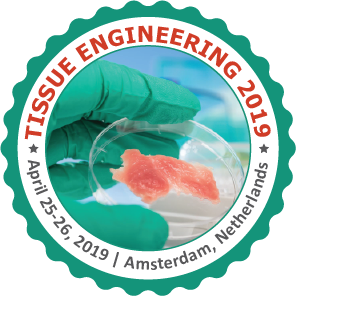Marina V. Kovina
Sechenov First Moscow State Medical University, Russia
Title: Stem cells: Best sources and anti-aging applications
Biography
Biography: Marina V. Kovina
Abstract
The increase in MLS, maximum lifespan, is the most signifi cant indicator of affecting the basic mechanisms of aging, in particular, the age-related loss of stem cells. The transplantation of young bone marrow (BM) to laboratory mice of advanced age, results in 6-30% of average life span extension in varies studies, while we achieved 31+-3% extension of maximal life span due to nonablative syngeneic large infusion technology. The survival time from the beginning of the experiment increased 3+-0.3-fold. The chimerism of the bone marrow 6 months after the transplantation was 28%. The result is encouraging for clinical adaptation for aged humans (70-80-years old). The richest source of highly proliferative human mesenchymal stem cells is menstrual blood. We have developed the high yield isolation approach resulting up to four million nucleated cells per milliliter of initial blood, of which about 0.2-0.3% are colony-forming cells expressing standard mesenchymal markers CD90, CD105, and CD73, but not expressing CD45, CD34, CD117, CD133, or HLA-G. The cells have high proliferative potential (doubling in 26 h) and the ability to differentiate into adipocytes and osteocytes. Early endometrial MSCs (eMSCs) express epithelial marker cytokeratin 7 (CK7). We show for the fi rst time that a satisfactory and stable yield of eMSCs is observed throughout the whole menstrual period (fi ve consecutive days) of a healthy woman. eMSC mass cryobanking would solve the issue of donation, which is very acute now and might become even more complicated in the future, especially in view of geriatric application of stem cells.

